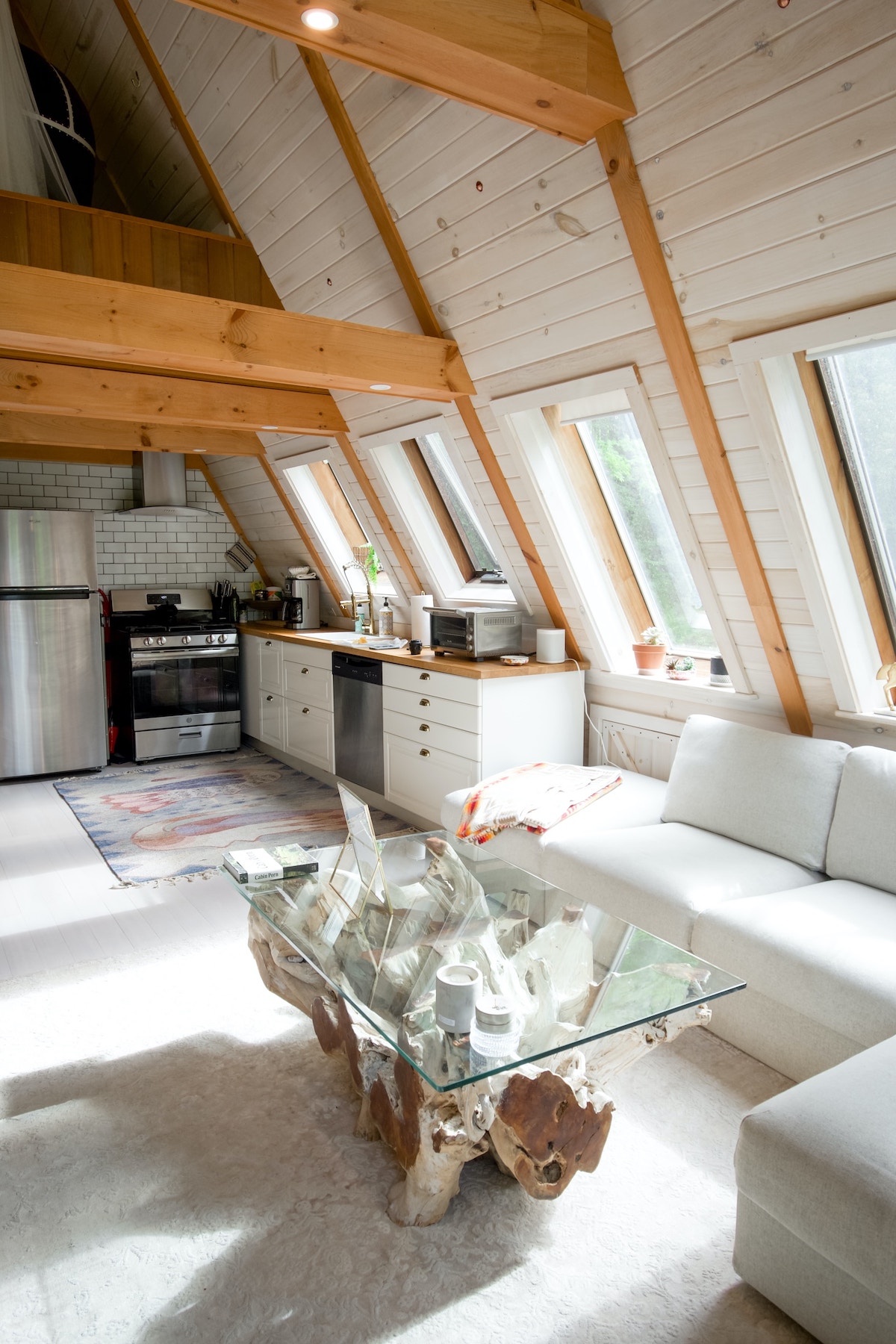Physical Address
304 North Cardinal St.
Dorchester Center, MA 02124
Physical Address
304 North Cardinal St.
Dorchester Center, MA 02124

Those looking for bedrooms or living space without expanding into the garden should consider loft conversions. But before you start drafting your loft conversion plans, it’s essential to understand what it entails and how it will impact the appearance of your house. Assessing the roof and floor structures, the staircase layout connecting the two stories, the new room’s lighting needs, and any insulation that may be necessary are all part of this process. Here are some key considerations when planning loft conversions Enfield.
Some structures will likely need strengthening if your home lacks adequate attic trusses. This is especially true of the floor joists. There are many ways to accomplish this, but the most popular one is installing new joists either next to the current ones or at the proper intervals.
The building regulations for loft stairs are the same as those for any other staircase, except for a potentially reduced floor-to-ceiling height. The best-case situation is to continue your access from the current stairwell. If enough headroom is unavailable where the flight would land in the attic, this could be provided via a dormer or other extension. If this option is not feasible, you must convert another portion of the floor below into a stairway. Just be careful not to lose too much room and render the loft expansion useless.
You must verify the capacity of the current central heating and electrical systems to feed the expanded space, as well as the suitability of their distribution networks. For example, outdated circuitry may require replacement, and showers and other outlets on a loft story may not receive enough pressure from gravity-fed hot water (this issue could be resolved by switching to an unvented, mains-fed cylinder).
When designing a bathroom, remember that the fixtures and fittings will contribute a significant amount of load, necessitating additional floor reinforcement. You should also consider drainage; place the bathroom adjacent to pipes for soil venting and drainage.
A conversion must provide comparable comfort levels to feel fully integrated into your home, which calls for improving the insulation at the rafter level. This is typically accomplished in a simple retrofit scenario by packing rigid insulation between and under the rafters, leaving a 50mm gap between this and the underside of the old roof to allow for airflow (which will avoid condensation). It might make sense to insulate above the rafters if you want to remove the current roof because it can provide better performance.
Blocking off internal and external noise is one of the two main tenets of soundproofing your loft. To address the first of these, you must evaluate the materials used to construct your roof. If road traffic is a concern, use materials like acoustic plasterboard for ceilings (and party walls) and consider utilizing glazing products to absorb sound. It will also be helpful to ensure adequate airtightness.
Remember that you should never work on your roof’s joists, rafters, or bracing without first seeking project-specific professional guidance and having calculations done by a structural engineer.